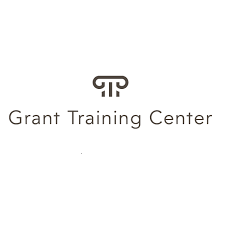By Mathilda Harris
During a recent grant training workshop I conducted in Pennsylvania, I asked participants what they considered to be the key obstacles they face in seeking, submitting and ultimately winning grants. The answers varied according to institution, discipline and experience, but the most universal problems and solutions for everyone were:
- Timelines: “We can never find the time to dedicate to writing grant proposals.”
The most important solution is to work proactively rather than reactively. One participant said that her not-for-profit developed a yearly timeline of the grants they wished to submit, rather than waiting for the announcements, which can come late as 10 days prior to the submission deadline. This may sound like a difficult undertaking, but once done, it will be easy to match the amount of labor to available personnel and understand the capacity of the organization.
- Rejections: “We fear rejections and when we get them, we often feel angry and frustrated, almost to the point of not wanting to rewrite the proposal.”
The answer is to understand that a grant should be viewed as an opportunity, and not taken personally. If the team has a strategic and broad picture of the funding landscape for which they apply throughout the year, it will be understood that some grants will fail. Ultimately, when it comes to requests for funding, one has to place their ego in their pocket.
- Telling a good story: “The reviewers said that we need to tell an enthusiastic story, but it was difficult for us to understand what they meant.”
The universal answer is to engage the donor. Thus, as a proposal writer, one must know how grants will be evaluated and, if possible, who the evaluators will be. Connecting with donors and reviewers is vital to successfully getting funded. The more one knows about them, the more effectively one can spark their interest with the story.
- Innovation: “We had a difficult time understanding what the donor meant by innovation.”
The answer here is that innovative concepts emerge from preliminary data, pilot studies, and extensive research. In almost all cases, donors are looking for innovative approaches that will solve an existing problem or contribute to advancement in the field.
- Overambitious idea: “Our grant was rejected because the idea was overambitious. How do we narrow the focus?”
Rather than trying to solve every problem related to the project at hand, it is best to focus on one or two issues that can realistically be resolved within the budgetary and time constraints of the proposal. Narrowing the scope of the idea to a smaller scale is often a much safer and more successful approach.
The participants chose these key obstacles, for it takes time to narrow ideas, assure innovation and write a good story. In the following blog, I will discuss other obstacles that my audience brought to the table.
